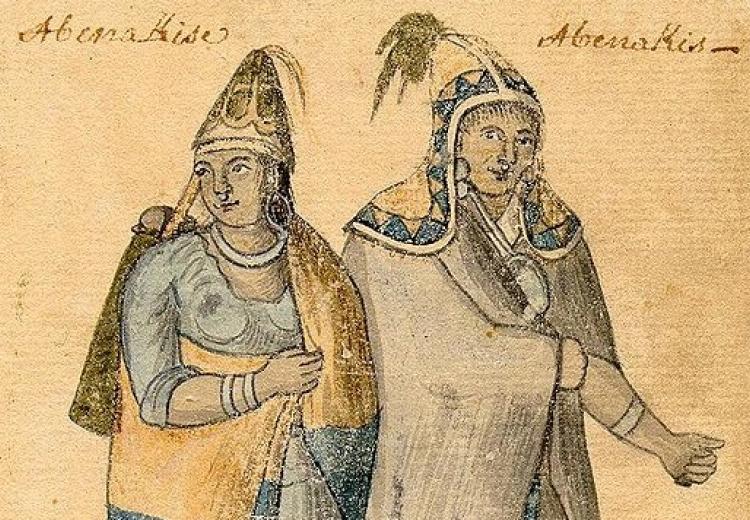Not “Indians,” Many Tribes: Native American Diversity

Abenaki Couple, an 18th-century watercolor by an unknown artist
"There were literally hundreds of Native American tribes and there still are. All of those tribes have their own traditions and their own customs. Many had their own language. To say that a certain word, recipe, or custom is 'Indian' is incorrect."
Source: Wisdom Keepers
What comes to mind for your students when they think of "Indians" or "Native Americans"? In this unit, students will heighten their awareness of Native American diversity as they learn about three vastly different Native groups in a game-like activity using archival documents such as vintage photographs, traditional stories, photos of artifacts, and recipes. One factor influencing Native American diversity is environment. Help your students study the interaction between environment and culture.
Guiding Questions
How did geographic location, climate, and natural resources influence the diversity of Native American tribes and nations?
How can archival documents assist in the disruption of misconceptions about Native Americans?
What does Native American diversity look like today?
Learning Objectives
Analyze archival documents to assess the ways in which the environment is reflected in cultural practices.
Assess how geography, culture, and history influence differences between Native Americans then and now.
Illustrate how and why stereotypes and generalizations misrepresent group identities and cultural heritage.
